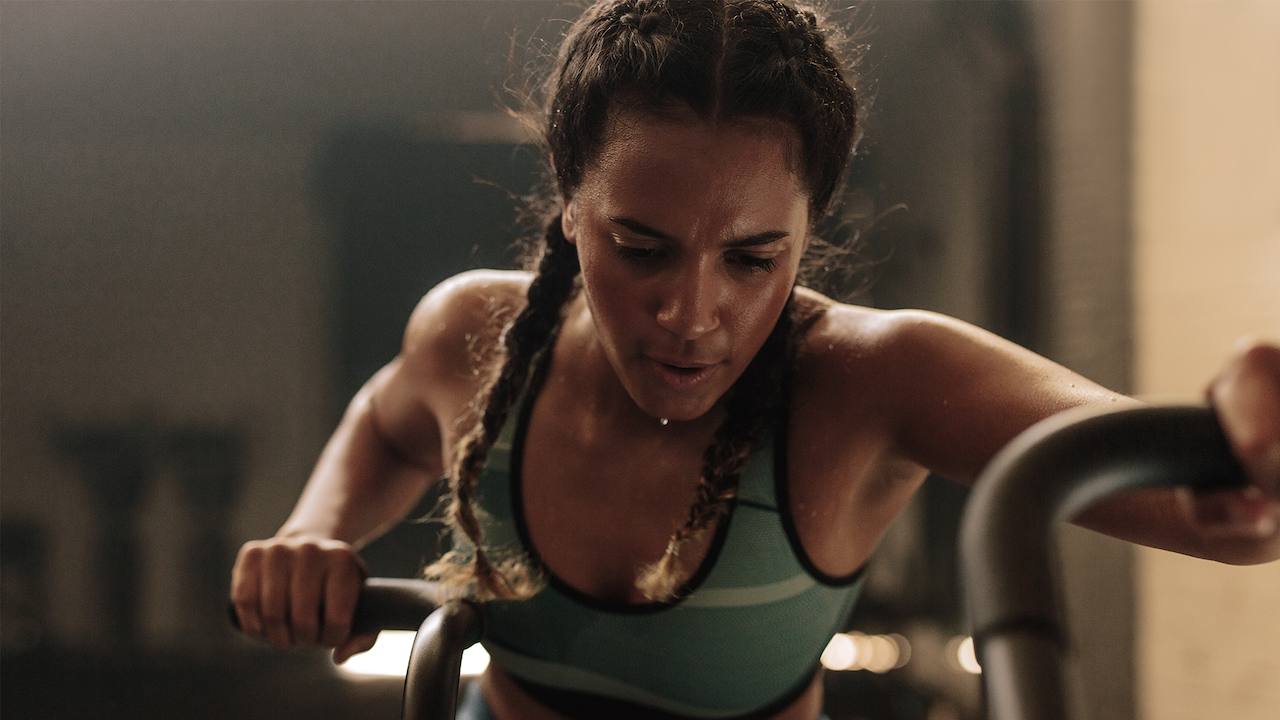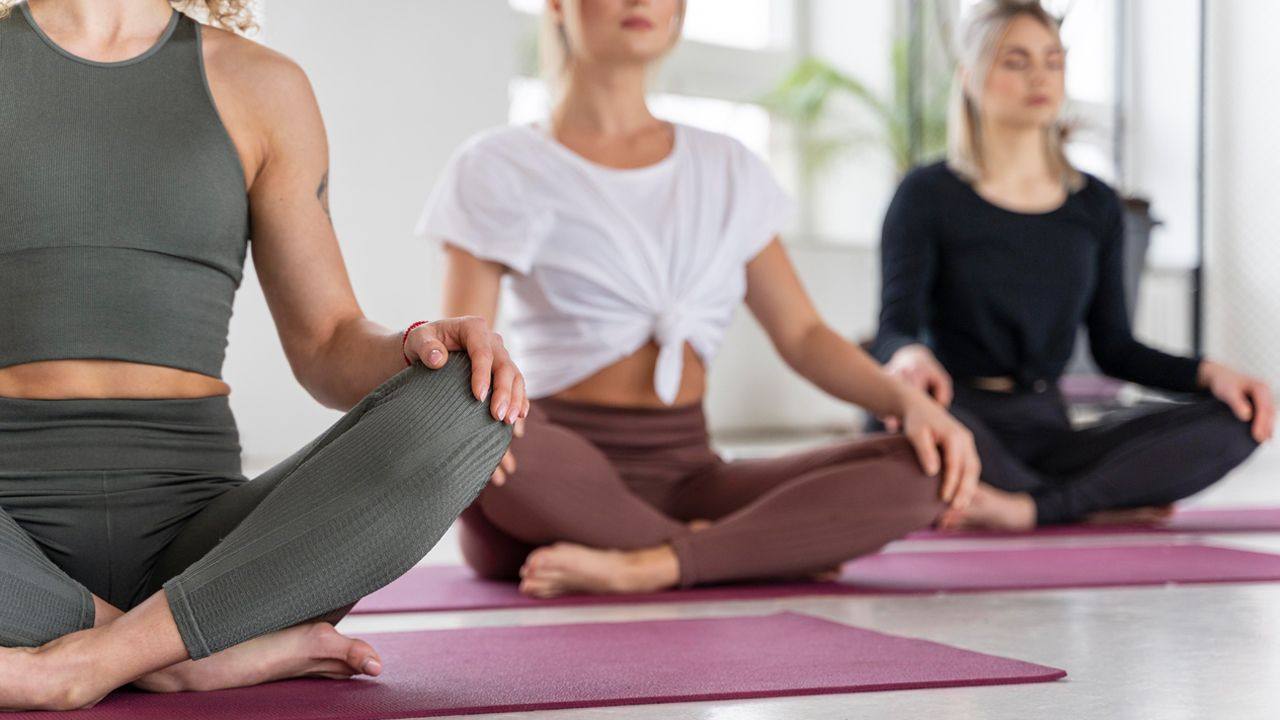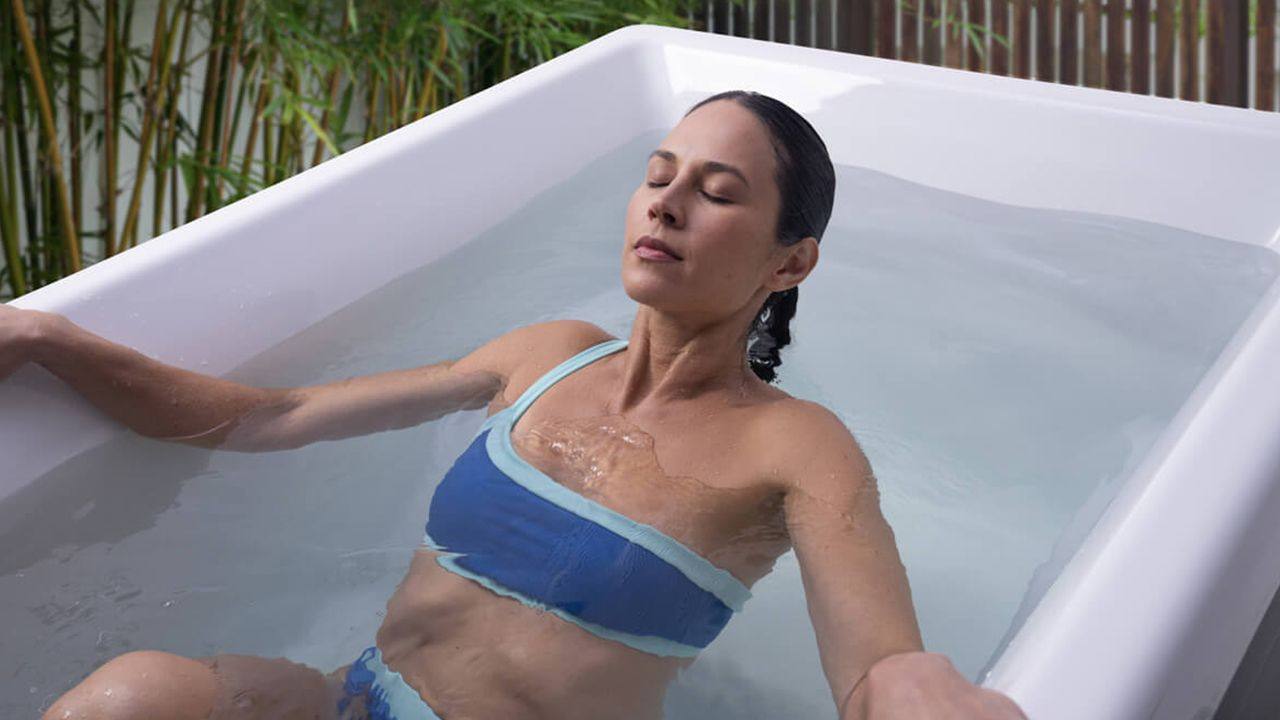What Racing Kona Taught Me
Racing Kona Taught Me More Than I Ever Expected
In October 2000, I stood on the start line of the Ironman World Championship in Kailua-Kona, Hawaii. I had no idea that day would shape the rest of my career—not just as an athlete, but as a scientist.
Kona is brutal. It’s long, hot, humid, windy, and relentless. But it’s also iconic—and for many, the pinnacle of endurance sport with its 2.4-mile swim, 112-mile ride, and 26.2-mile run. Racing there pushed every edge of my physical and mental limits, but the biggest revelation probably wasn’t about grit or mileage. It was about biology.
The Wake-Up Call: One Size Doesn’t Fit All
Back then, I was contemplating my PhD in either heat or altitude (and, of course, sex differences in these), and in part of the preparation for Kona, I was training and following the same heat acclimation protocols as my male training partners (as given by our coaches). But come race day, something felt off. When I got to the bike turnaround at Hawi (which is just over halfway into the bike course), I felt very angry, bloated, nauseous, and lightheaded. I knew it wasn’t food, as I had been taking in carbs on schedule (although they were gels and other simple carbs, which have their downsides, as I talk about here). I had a brief thought: maybe this is hyponatremia?! I ate 4 Gastrolyte tablets (oral rehydration tablets) and then had to pee like a race horse soon after! Slowly, everything started to come back to what I knew as normal and I finished the race.
After the race, there were 3 women (out of 8 of us) from New Zealand in the medical tent with IVs for hyponatremia. I asked them, “hey, are you a few days out from your period too?” The reason I asked? Well, we were following a training and nutrition system built for men—not for women—and in the high hormone (luteal) phase of the menstrual cycle, there is a reset of your blood sodium, making you more susceptible to hyponatremia in endurance racing in the heat. At that moment my decision was clear: my PhD was going to explore sex differences in heat, hydration, and performance. (Here are three articles from my PhD on sodium loading on trained men, preexercise sodium loading for women, and effects of an acute sodium load on endurance-trained women.)
That realization lit the fire for what would become my life’s work: understanding female physiology, and rewriting the rules of training, fueling, and recovery to better support women—at every age, and every level. It ultimately led to my TedX Talk, Women Are Not Small Men, and my first book ROAR, as well as countless published papers.
5 Lessons I Took From Kona That Every Active Woman Can Use
Whether you're training for your first 5K or your 10th Ironman, these are the truths I wish I had known then—and that I’d like every active woman to know now:
1. Women Aren’t Small Men—and We Shouldn’t Train Like Them
Most training and nutrition protocols were developed using male participants. Women’s bodies respond differently to stress, recovery, heat, hydration, and fueling. Ignoring that doesn’t make us stronger—it holds us back. Learning to train with your physiology, not against it, is a game changer; learning to optimize the differences can give us an advantage.
2. Your Menstrual Cycle (or Lack of It) Matters
At Kona, I was only aware of the phase of my menstrual cycle because I had issues on the race course. Now we know that tracking your own cycle can be beneficial as it allows you to gain insights into how your body responds to your own hormone fluctuations, because estrogen and progesterone may affect everything from muscle adaptation to hydration and thermoregulation. Understanding your cycle, in particular if you are ovulating regularly, or how things shift in perimenopause and postmenopause, can make your training smarter and more effective. Back then, there were many coaches (and athletes) who erroneously believed the absence of your period was a sign you’d hit “racing weight.” Now we know that is far from the case. (You can learn more about this in my Microlearning on LEA.)
3. Recovery Isn’t Optional—It’s Strategic
I used to think soreness meant I was working hard. Now I know that recovery is where adaptation happens. Women tend to have different inflammatory responses post-exercise (lower as compared to men, as female sex and estrogen tend to be protective), and our return to resting baseline timeline is different from men’s. Prioritize sleep, recovery, nutrition, and active rest. Ensure you’re consuming adequate protein every day, ideally within 45 to 60 minutes post-workout.
4. Your Nutrition Strategy Should Match the Demands of the Course
Kona taught me the hard way that what works in training doesn’t always hold up in race conditions—especially in heat and humidity. Course terrain, temperature, and hormonal status all impact how your body processes fuel. For example, in hot environments, blood flow is redirected away from the gut to help with cooling, which can impair digestion and lead to bloating, nausea, or bonking. Add in the hormonal shifts of the luteal phase (like slower gastric emptying) and you’ve got a perfect storm unless you’re prepared. Be sure to plan your nutrition based on the terrain and conditions you’ll be racing in—and practice your nutrition plan in plenty of key sessions so you can get a sense of how your body will respond. (And always have a Plan B up your sleeve, like my Gastrolyte tablets).
5. Hydration Isn’t One-Size-Fits-All—Especially for Women
One of the biggest wake-up calls for me in Kona was how sex differences show up in fluid balance. During the high-hormone phase of the menstrual cycle, your baseline blood sodium levels shift, increasing your risk for hyponatremia (low blood sodium), especially during long, hot races. That’s why women need to hydrate strategically, not just frequently. This means using electrolytes—not just water—and adjusting for heat, duration, and hormonal phase. Gastrolyte tablets saved me that day, but now there’s far more accessible science to guide us. If you haven’t read my Hydration for Active Women article yet, it’s a good place to start. Remember that hydration isn’t just about drinking—it’s about performing, adapting, and getting the most from your unique physiology.
The Kona Heat Changed Everything for Me
The year I raced Kona, the temperature hit well over 90°F (32°C) and the infamous Queen K Highway felt like riding on a stovetop. I hydrated like everyone else. I used a typical sports drink like everyone else. But I felt dreadful.
That experience was my first real clue that female thermoregulation—how we manage heat and fluid balance—is fundamentally different.
Estrogen and progesterone work with fluid balance hormones to help keep our bodies in check. Progesterone competes with one of the hormone’s (aldosterone) receptors, “kicking out” more sodium, whereas estrogen tends to allow our bodies to hold onto more water. It is unsurprising that together these hormones change how we handle heat, hydration, and cooling—especially in the luteal phase or during perimenopause.
Since then, I’ve spent years researching how women can train smarter in the heat: sauna protocols (that I talked about on the Huberman Lab podcast here), cooling strategies, hydration timing, electrolyte needs, and more. It all started because Kona made me ask: Why isn’t this working for me?
Turns out, it was probably never going to work for me for as long as I trained and prepared like my male training partners.
Looking Ahead: The Next Generation of Kona Women
With the 2025 Ironman World Championship women’s race taking place this Saturday, I can’t help but reflect on how far we’ve come. We’re seeing more women racing at all levels, more science supporting our physiology, and more conversations about what women truly need to thrive. Of course, there is still a long way to go, but the progress we’ve made should be celebrated. I’m proud that the seeds of my work were sown from lived experience in the lava fields of endurance sport’s most iconic world championship. Ever since, I’ve stayed true to the promise I made myself: I will always interpret and share the science as it is—honestly, clearly, and without bias—to help women and girls understand their unique physiology and feel empowered as active, confident females.
Whether you’re toeing the line at Kona this weekend, heading out for a ride with friends, or simply trying to feel better in your body—your training deserves to be based on you.
And remember: performance isn’t just about crossing finish lines. It’s about feeling strong, energized, and supported in your everyday life.
Train hard, recover harder, and never stop taking up space.
IN OTHER NEWS…
What to Look for in Research
Scientific research is typically done on specific populations and then findings are extrapolated out. In this Instagram reel with Loretta, we talk about how to bring a critical eye to interpreting research so you can gain a better understanding of how (or if) it applies to you. There can often be nuances that are missed or clickbaity headlines that gloss over findings, so always check if the population studied in the research applies to you. An important note: I’ll only ever include links to credible research done on human populations, and, as stated above, in keeping with my mission, I’ll always interpret that science honestly, clearly, and without bias.
Well Traveller TV: Coming Soon!
I had a great time shooting an episode for season 2 of Well Traveller TV with 7-time surfing world champion Layne Beachley recently. You can get a little behind the scenes glimpse here. Stay tuned for more from the show!
K.V. Switzer Award Nominee
I'm honored to share that I've been nominated for the 2025 KV Switzer Award, which recognizes individuals making a meaningful impact on women in endurance sports. Named after the incredible Kathrine Switzer—the first woman to officially run the Boston Marathon and challenge the belief that women weren’t strong enough for long-distance running, this award celebrates those who challenge the status quo and push for lasting change. This nomination means a great deal to me, as it reflects the mission I’ve committed my career to: helping women train smarter, fuel better, and perform at their best by honoring their unique physiology. I’m feeling incredibly grateful to be included in part of this movement. Winners are announced in New York on November 1.

Until next time,
Forwarded this newsletter? Join my community here!










